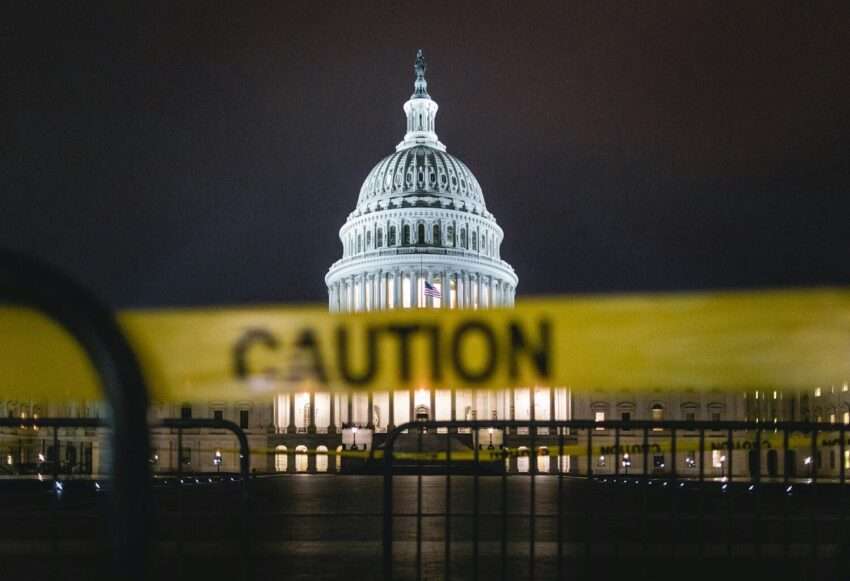The federal government entered a shutdown on October 1 after Democrats in the Senate failed to approve new funding or a temporary spending measure. While Washington remains at an impasse, the broader U.S. economy continues to show signs of resilience—underscoring the strength of private enterprise, local government efficiency, and consumer adaptability.
According to the Council of Economic Advisors, the shutdown could reduce economic output by $15 billion each week, with an estimated 600,000 federal employees furloughed or working without pay. Yet, despite these disruptions, many private sector indicators reveal that the economy remains on solid footing.
Businesses and States Stay Steady
Small and mid-sized businesses, particularly across the San Gabriel Valley, have largely avoided major slowdowns. Local manufacturers, logistics companies, and construction firms continue operations uninterrupted, reflecting the decentralized strength of the American economy.
State and local governments, meanwhile, have stepped in to maintain continuity in essential services. In California, most regulatory functions and community programs remain funded through state budgets, limiting direct impact on residents. This independence from federal dependency has become a key advantage for local economies.
Private Sector Data Fills the Gap
While the Bureau of Labor Statistics and other federal agencies have paused major data releases such as the monthly jobs report and inflation summaries, private institutions are filling the gap. Financial analysts at JP Morgan estimate a modest 0.1 percentage point reduction in annualized GDP growth for each week of shutdown—far less than the early-pandemic declines seen in 2020.
Private research firms like ADP and Moody’s continue to provide near-real-time employment and inflation tracking, ensuring that investors and small business owners can make informed decisions even without government data. As one economist noted, “America’s ability to operate without full federal reporting is proof of its economic maturity.”
Consumers Remain Confident
Consumer spending, which accounts for roughly two-thirds of U.S. economic activity, has so far remained stable. Although prolonged furloughs could reduce household spending by as much as $30 billion if the shutdown lasts a month, credit markets and consumer sentiment surveys show steady confidence. Many furloughed workers are relying on savings, temporary side income, or state-level support to bridge the gap.
Locally, retail and housing markets in cities like El Monte and Baldwin Park continue to see modest growth. Mortgage rates have edged lower in recent weeks, helping offset national uncertainty. Real estate professionals note that homeowners and investors in the San Gabriel Valley remain active, underscoring a sense of long-term optimism about the regional economy.
Silver Lining for Fiscal Reform
For fiscal conservatives, the shutdown offers an opportunity to revisit long-term spending priorities. The event highlights the need for a leaner, more accountable federal government and encourages states and private enterprise to innovate independently. By reducing reliance on Washington, communities can strengthen self-governance and local problem-solving.
The American economy has weathered many storms—from recessions to pandemics—and each time, recovery has been driven by the same source: the creativity and determination of its people. Even as political negotiations continue, the resilience of markets, communities, and individuals provides a reassuring signal that America’s economic foundation remains strong.
For updates on the fiscal standoff and its economic implications, visit www.cbo.gov.


